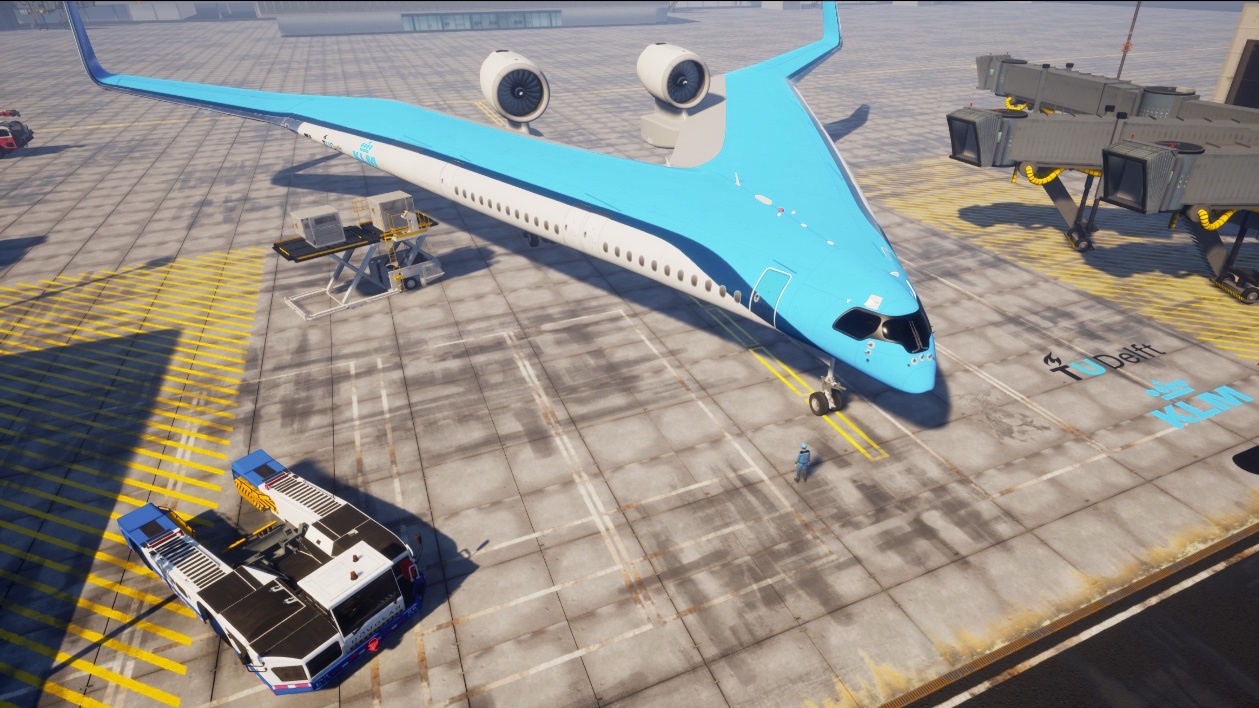The coolest aircraft to come out of Lockheed Martin’s storied “Skunk Works”
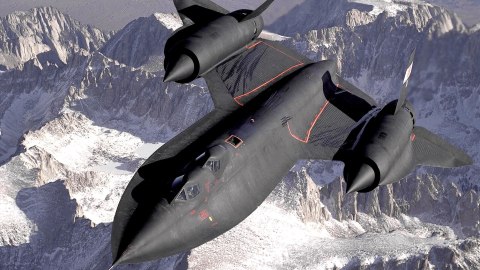
- Skunk Works, an elite engineering division inside defense contractor Lockheed Martin, has devised some of the most groundbreaking aircraft to ever take flight, including the P-80 Shooting Star, the SR-71 Blackbird, and the F-117 Nighthawk.
- Skunk Works has built many other fascinating creations that we highlight here: the RQ-170 Sentinel, the The X-59 QueSST, and the Sea Shadow.
- Since about 85% of Skunk Works’ projects are classified, there are certainly many other cool creations that we know nothing about!
Within defense contractor Lockheed Martin, there exists an elite engineering division that has devised some of the most groundbreaking aircraft to ever take flight: Skunk Works.
Formed in 1943 to build the United States’ first turbojet fighter aircraft, Skunk Works — its name inspired by a comic strip inside joke and the pungent location where the original team worked — quickly became an engineer’s paradise, free from red tape and driven by an ethos to weld the impossible into reality. Under the guidance of founder Kelly Johnson, the division created that first jet, the P-80 Shooting Star, then went on to manufacture innovative aircraft like the high altitude reconnaissance U-2 (a mainstay of the Cold War), the SR-71 Blackbird (the fastest crewed plane ever built), and the the F-117 Nighthawk (the first stealth aircraft).

Not all of Skunk Works’ creations went on to be iconic, of course. And many fizzled out entirely. Such is the reality when you’re pushing the bounds of what’s possible. Here are few of the group’s most eye-catching productions.
1. The Have Blue. Devised by Skunk Works during the Cold War as a proof-of-concept demonstrator for a stealth bomber, the Have Blue was crafted with flat surfaces to deflect electromagnetic waves from radar, thus making the aircraft undetectable. Ironically, the mathematics for the design were taken from a paper by a Soviet scientist, who was permitted to publish the results internationally after the government mistakenly deemed his work to be of no significant military value. While the two Have Blue prototypes crashed due to mechanical failures, the craft’s design was adapted into the F-117 Nighthawk.
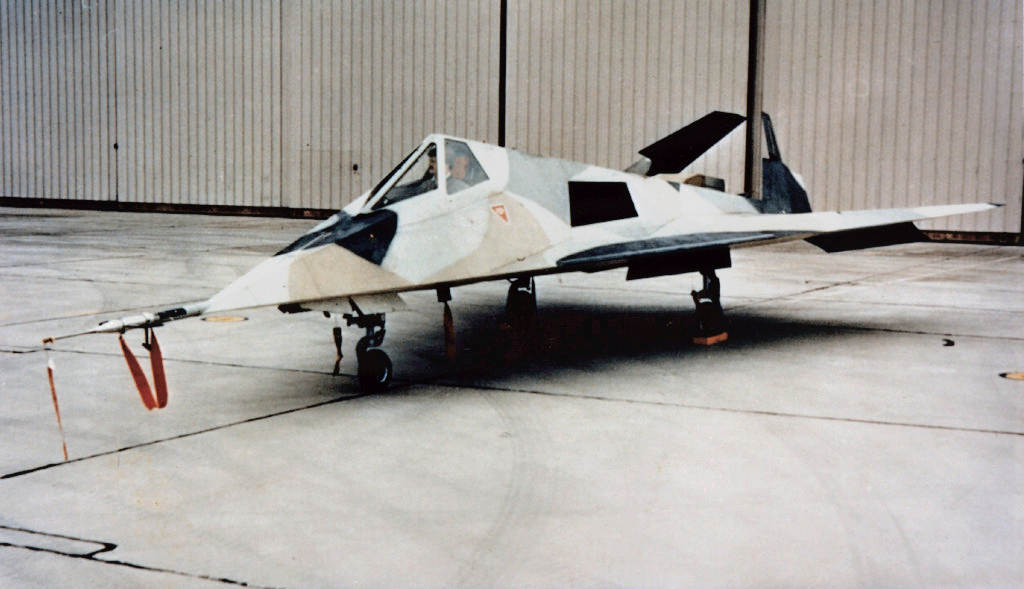
2. The D-21. Lockheed and the Pentagon had lofty goals for the D-21. An unmanned reconnaissance drone launched from a larger plane, it was intended to fly at 2,200 mph (3,540 kph) at an altitude of 90,000 feet (27.4 km) outfitted with a single camera. After imaging its intended target, the craft was supposed to eject the camera module with a parachute and self-destruct, with the module to be retrieved later. Skunk Works built 38 D-21s during the late 1960s and early 1970s, but the operational life of the drone was cut short as it was embarrassingly unruly. All four of its missions, conducted over China, failed in varying ways. The program was canceled in 1971.

3. The RQ-170 Sentinel. As a stealth reconnaissance unmanned aerial vehicle which is currently in service, most of the details about Skunk Works’ Sentinel are classified. Moreover, the only public images that exist are either computer renderings or grainy photos. It has a wingspan of about 65 feet and is roughly 15 feet long, and resembles a smaller version of Northrop Grumman’s B-2 Spirit. Between 20 and 30 of the RQ-170s were manufactured.
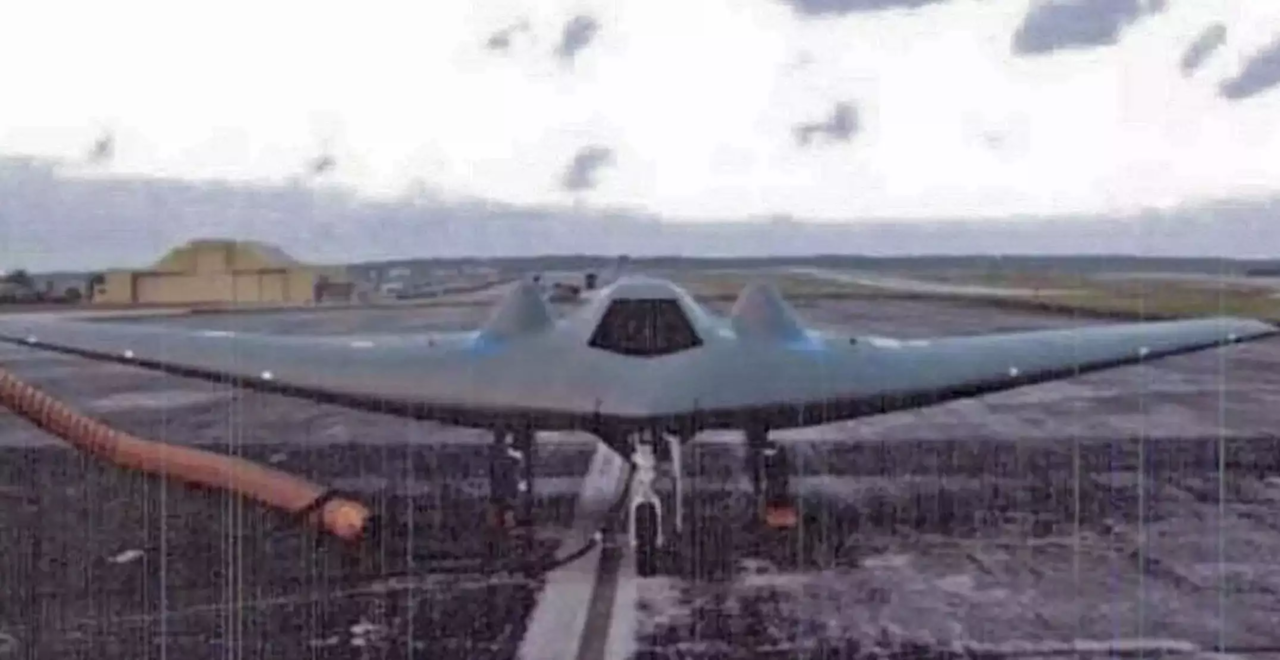
4. The X-59 QueSST. Not all of Skunk Works’ projects are military in nature. Since 2016, the engineering division has been designing a “quiet” supersonic aircraft for NASA. The hope is that by significantly dulling the thunderous sonic boom of faster-than-sound flight, supersonic passenger aircraft can be built and operated that don’t assault the ears of people on the ground. When it’s flight tested this year, the X-59 is expected to cruise at 937 mph (1,508 kph).
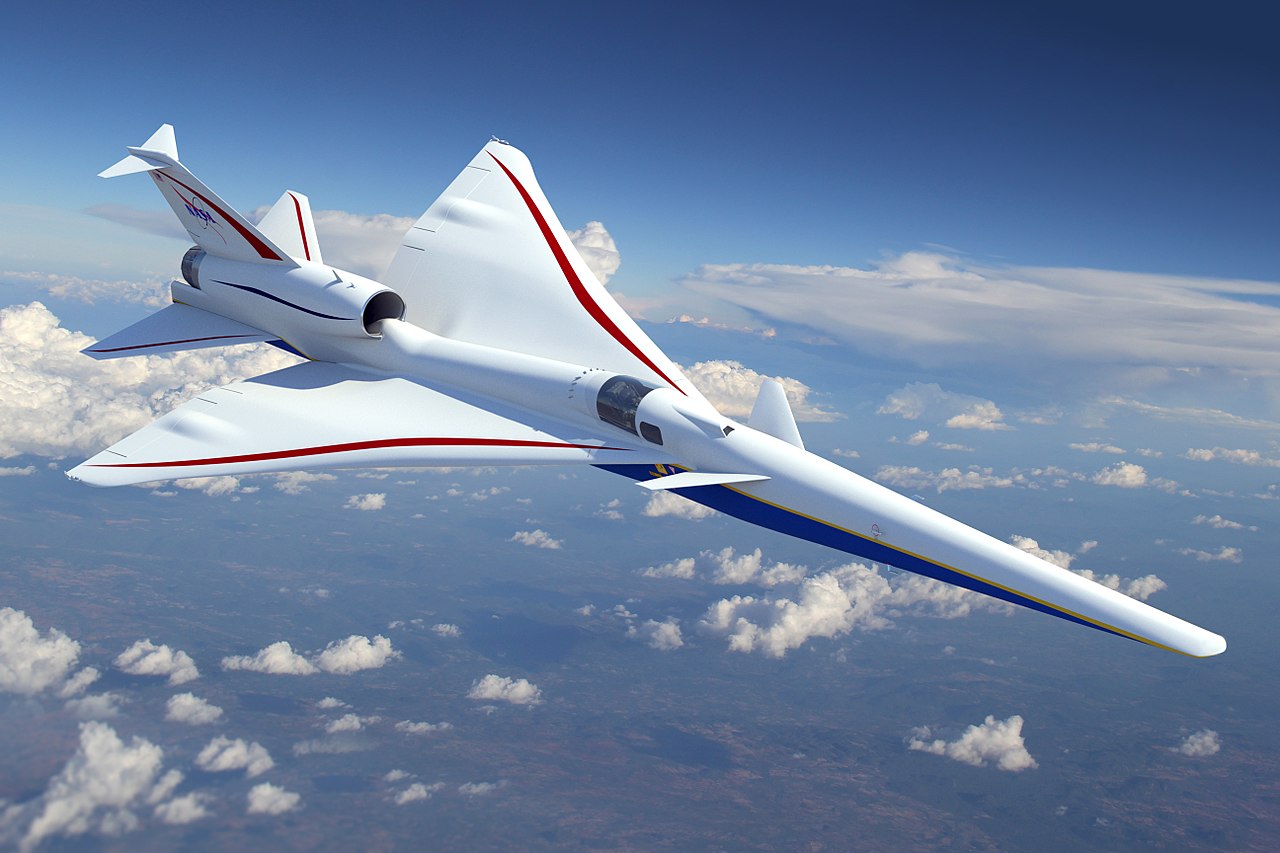
5. The Sea Shadow. Perhaps the coolest-looking vessel to ever be mothballed, the Sea Shadow was a catamaran-style ship designed to be invisible to sonar and radar. While it never quite fulfilled that lofty goal, chiefly on account of the wakes it made while sailing, aspects of its stealthy design were adapted to modern submarines and U.S. Navy destroyers. The Sea Shadow was featured in the James Bond film Tomorrow Never Dies, in which it was used by the villain in an attempt to start World War III.
Since about 85% of Skunk Works’ projects are classified, there are certainly many other cool creations that we know nothing about!

